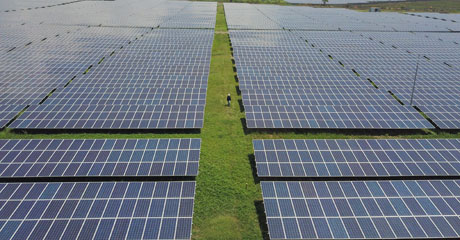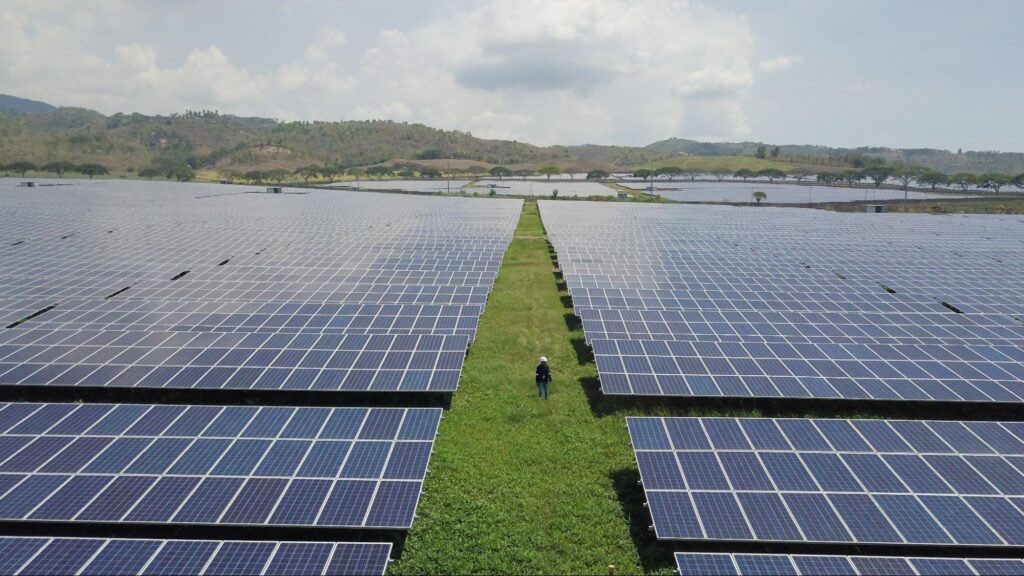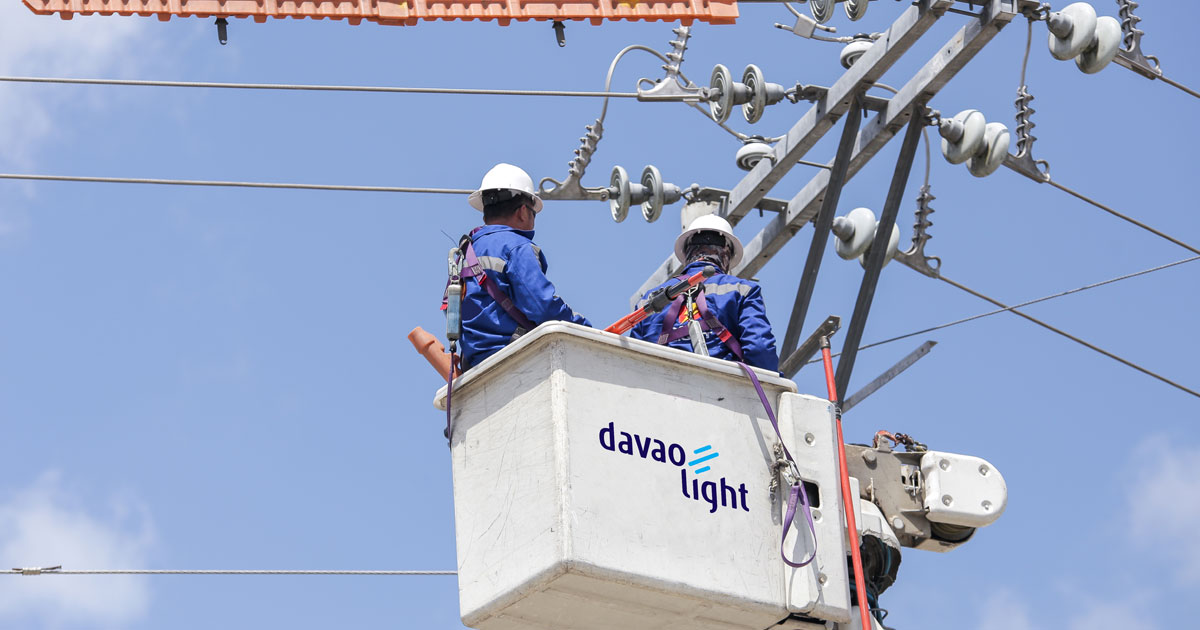Who We Are
AboitizPower is the Philippines’ leading provider of renewable energy, advancing business and communities towards A Better Future.

AboitizPower is the Philippines’ leading provider of renewable energy, advancing business and communities towards A Better Future.

AboitizPower champions sustainability initiatives and ventures that help make the world a better place not only for people living today but for generations to come.

AboitizPower upholds the highest ethical standards, safeguarding the integrity of our initiatives and developments as a business enterprise and a partner for environmental protection.

View our shareholder relations and investment reports and find out how we prioritize addressing the triple bottom line of people, planet, and profit.

Stay updated on the latest stories and developments about AboitizPower.

A Better Future and career await you at AboitizPower. Browse through our job vacancies and join our ever-growing family today!
April 17, 2024

The generation portfolio of Aboitiz Power Corporation (AboitizPower) is becoming more balanced and diverse, especially with over a thousand megawatts (MW) of new renewable energy (RE) capacity in various stages of development, said Aboitiz Renewables Inc. President Jimmy Villaroman.
“Our initial expansion phase focuses on developing mostly solar and wind plants with up to 1,200 MW capacity. Currently, we are on track for 176 MW of RE projects to come online by the first half of 2024, with construction ongoing for an additional 218 MW,” the executive told fellow industry players during the Philippine Electric Power Industry Forum 2024.
“The second phase of AboitizPower’s expansion will see an additional capacity of around 1,700 MW of solar and wind power,” he added.
Aligned with the Philippine government's target of a 35% RE share in the nation's energy mix by 2030 and 50% by 2040, AboitizPower had indicated its goal to build 3,700 MW of new RE capacity en route to 4,600 MW by 2030. This includes projects in solar, wind, geothermal, hydro, and battery energy storage systems.
Peak electricity demand is projected to increase by 6.6% annually until 2040. Expanding a stable supply of power will support existing and future investments, powering the realization of economic growth targets ranging from 6-7% for 2024, 6.5-7.5% for 2025, and 6.5-8% for 2026 to 2028.
“Unlike some developed nations, our transition in the Philippines, as in the rest of Asia and the Pacific, must be gradual and intelligent. It has to be well-planned; uniquely suited to each country. The solutions we devise must be tailor-fit to address our problems and opportunities. It cannot happen overnight and might take years, if not decades, to realize. But we believe it is possible,” Villaroman said.
“We advocate a balanced approach, growing renewable energy and investing in traditional sources that make the most sense while complementing it with energy storage for stability. While the Philippines strives toward a sustainable future powered by more RE sources, its near- to mid-term energy security calls for leveraging existing, conventional baseload plants,” he further explained.
Recently, AboitizPower, through its subsidiary, Therma NatGas Power, entered into an investment agreement with Meralco PowerGen Corporation to acquire a 40% stake in Chromite Gas Holdings, marking its entry into the liquefied natural gas (LNG) space. Chromite Gas plans to acquire an interest in two gas-fired power plants and an LNG import and regasification terminal.
Under the Clean Energy Scenario of the Philippine Energy Plan, it was forecasted that 26% of gross generation will be from LNG by 2040, serving as a natural complement to variable RE due to its ability to cycle more quickly when solar or wind power is unavailable.
“Collaboration across sectors is essential for a well-rounded transformation. This calls for work from power generators, electricity distribution companies, and our grid operator,” Villaroman said. “We as an industry must continue building additional capacity, constantly upgrade our transmission system to ensure this supply gets to where it is needed, and reinforce our distribution networks so homes and businesses have the energy they need.”
Villaroman also recognized the role of the public sector in regulation and policy, particularly in fulfilling the vision of the Electric Power Industry Reform Act or EPIRA and the Renewable Energy Act.
“The introduction of the Renewable Energy Act and the Green Energy Auction Program have spurred the development of clean energy sources, fostering a more diverse and secure energy mix,” he said, while also commending Open Access Policy, amendments to the Public Service Act, and allowing total foreign ownership in RE for championing greater consumer choice, competition, and investment attractiveness.
“While we recognize that this transformation presents significant challenges, we are firm in our resolve to play a responsible role in this shift,” Villaroman said. “We are exploring ways to diversify our operations, invest in sustainability initiatives, and collaborate with various partners to find win-win solutions that ensure a smooth transition.”

Aboitiz Power Corporation (AboitizPower) is set to expand its share in the renewable energy space, particularly in the business of harnessing energy f...

The Philippines’ leading sustainable real estate developer, NEO, continues to partner with AboitizPower for the supply of clean and renewable en...

AboitizPower’s renewable energy aspirations are taking a huge leap forward following Japanese firm JERA’s recent acquisition of a 27-perce...

As one of the Philippines’ largest power producers, we help fill the nation’s growing energy needs by providing secure and affordable access to sustainable power across the country.
Learn more about our businesses
AboitizPower champions sustainability initiatives and ventures that help make the world a better place not only for people living today but for generations to come.
View our sustainability initiatives
View our shareholder relations and investment reports and find out how we prioritize addressing the triple bottom line of people, planet, and profit.
Visit our investor relationsWe use cookies to personalize content and ads, which enables us to analyze our traffic.
If you continue
to use this website, you consent to the use of our cookies.
Find out more here.